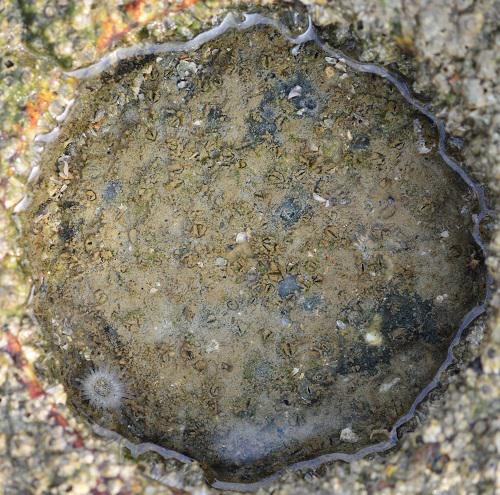Chee Su Yin
Other projects
26 Jul 2019
Lightweight Eco-Concrete with Reduced Carbon Footprint to Enhance the Ecological Value of Artificial Coastal Structures in Penang, Malaysia
This study aims to introduce ecological engineering in Penang, Malaysia, where land reclamation from the sea is rampant and natural coastlines have been rapidly replaced by artificial ones.

Hard artificial structures (e.g. seawalls/breakwaters) are increasing due to urbanisation and climate change. These structures are poor habitats for marine life. Research is required into ways that artificial coastlines can be built to meet engineering requirements, whilst providing relevant ecosystem services: ecological engineering. Ecological engineering integrates ecological, economic & social needs into the design of man-made ecosystems. It is widely accepted that rock pools are important habitats for biodiversity in natural intertidal habitats, with recent studies showing that their importance is even more pronounced in artificial habitats. Much of this research has been done in temperate regions with relatively benign conditions but the benefits in tropical regions remain untested.
Penang’s coastal landscape has been altered extensively since the 1970s. During that time, when the state’s population was at 900,000, lack of space was already perceived as the main reason urbanization and industrialization was hampered here. Even then, reclamation was suggested as a way out for the island to develop with its character intact. Forty years on, the number of residents in Penang and the length of the coastline have increased tremendously. Penang is now the densest and most populated island in Malaysia, packing 2,372 people per sq km. The current population is at 1.65 million and is projected to rise further to 2.5 million by the year 2030. The coastline, on the other hand, has increased to 93.35 km in 2015. Current land reclamation projects not only involve the reclaiming land from the sea to add to the coast but the building of whole islands off the main island. Development components include residential areas which will house approximately 13% of Penang’s population, waterfront entertainment, commercial spaces and medical facilities.
The project will trial a series of ecological engineering techniques to incorporate surface heterogeneity into otherwise smooth rock revetments and concrete seawalls on the east coast of Penang Island to create novel habitat on artificial structures for marine organisms. It represents cutting-edge research in the rapidly developing field of ecological engineering and has potential to significantly enhance biodiversity and conserve nature. It will progress the state-of-the-art by providing the first generic, cheap, retro-fit methods of enhancement that can be deployed in rock armour anywhere in the world. The goal is that the findings will support the debate on “green-infrastructure” urban environments and inform the development of green policy encouraging the construction of multifunctional artificial structures which promotes conservation and enhances biodiversity.